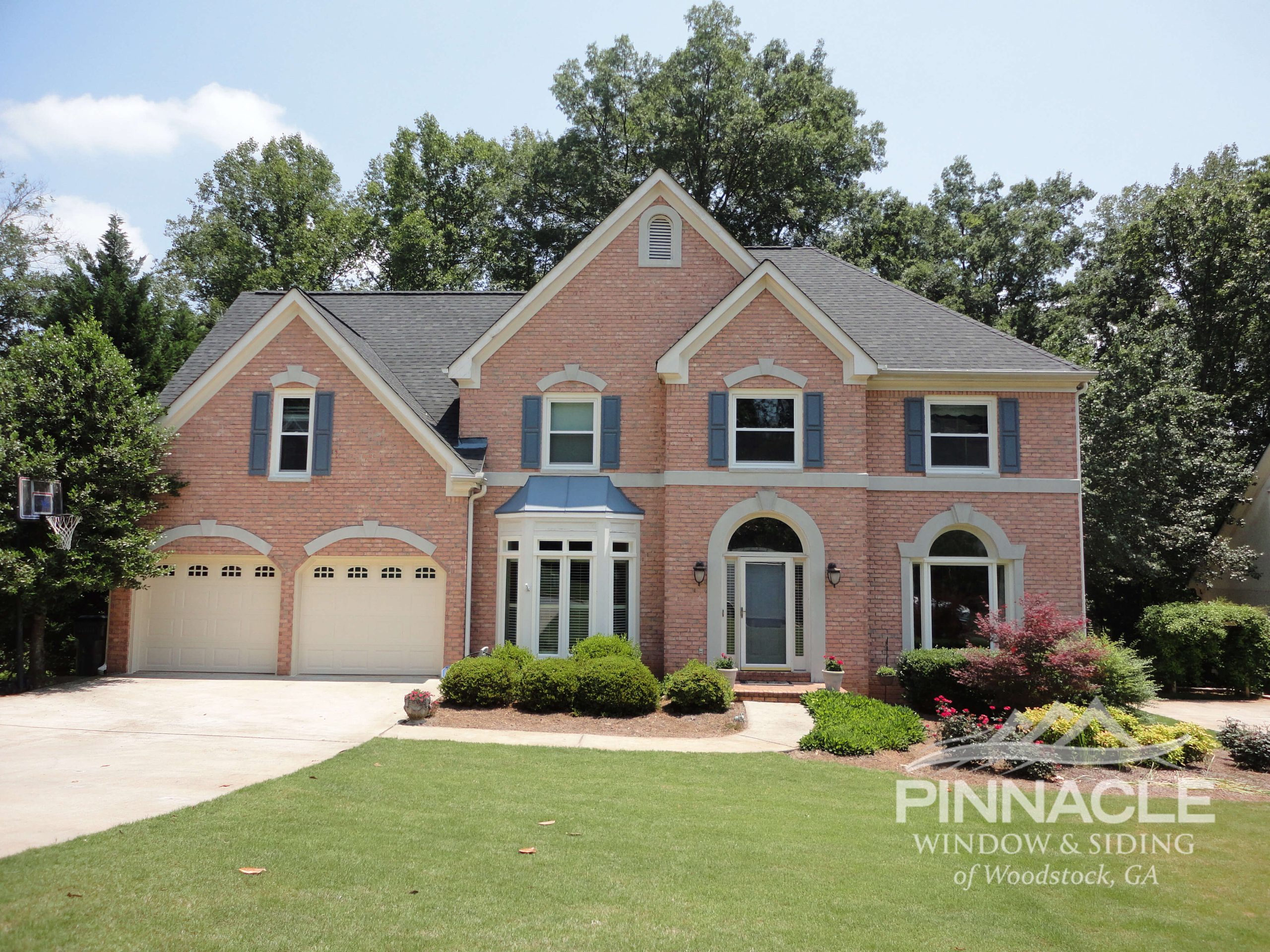When selecting new windows for your home, understanding energy efficiency is crucial. Not only can energy-efficient windows reduce your energy bills, but they also contribute to a more comfortable living environment. Two key metrics that determine the energy performance of windows are the U-Factor and the Solar Heat Gain Coefficient (SHGC). In this article, we’ll explain these metrics and their impact on window performance, helping you make informed choices for your home.
What is U-Factor?
Definition and Explanation U-Factor measures the rate at which a window conducts non-solar heat flow. In simpler terms, it indicates how well a window insulates. The U-Factor is expressed as a number between 0.20 and 1.20, with lower values representing better insulation. A window with a lower U-Factor is more effective at keeping heat inside during the winter and outside during the summer, thereby enhancing the overall energy efficiency of your home.
How U-Factor is Measured U-Factor ratings are typically provided for the entire window unit, including the frame, glass, and spacers, rather than just the center of the glass. This holistic measurement provides a more accurate representation of the window’s insulating properties.
Impact of U-Factor on Home Energy Efficiency A lower U-Factor is particularly important in colder climates, where retaining heat is crucial for comfort and energy savings. For example, windows with a U-Factor of 0.30 or lower are considered highly efficient in preventing heat loss. By choosing windows with a low U-Factor, homeowners can reduce heating costs and minimize their reliance on heating systems, which in turn lowers their energy bills and carbon footprint.
What is Solar Heat Gain Coefficient (SHGC)?
Definition and Explanation The Solar Heat Gain Coefficient (SHGC) measures the fraction of solar radiation that passes through a window and becomes heat. It is expressed as a number between 0 and 1, with lower values indicating less solar heat gain. SHGC is crucial for controlling the amount of heat that enters a home, particularly in warmer climates.
How SHGC is Measured Like U-Factor, SHGC is measured for the entire window unit. The rating takes into account the glass, frame, and any coatings that may be applied to the glass to control heat transmission.
Impact of SHGC on Home Energy Efficiency In warm climates, a lower SHGC is beneficial as it helps reduce the amount of solar heat entering the home, thereby reducing cooling costs. For instance, an SHGC of 0.25 means that only 25% of the solar heat is allowed into the home, making it easier to maintain a comfortable indoor temperature without overworking air conditioning systems. Conversely, in colder climates, a higher SHGC can be advantageous as it allows more solar heat to enter, reducing the need for artificial heating.
Choosing Windows Based on U-Factor and SHGC
Climate Considerations The ideal U-Factor and SHGC for your windows depend largely on your regional climate. In cold climates, prioritize windows with a low U-Factor to minimize heat loss. In hot climates, focus on windows with a low SHGC to reduce solar heat gain. For regions with both cold winters and hot summers, a balanced approach considering both U-Factor and SHGC is essential.
Balancing U-Factor and SHGC In many cases, homeowners need to find a balance between U-Factor and SHGC. For example, a window with a low U-Factor but high SHGC might be excellent for winter but could lead to overheating in the summer. Conversely, a window with a low SHGC but higher U-Factor might be ideal for summer cooling but less efficient in winter. Consulting with a window specialist can help you choose the best combination based on your specific climate and home orientation.
Other Factors to Consider Apart from U-Factor and SHGC, consider the material of the window frames and the quality of installation. Materials like vinyl, wood, and fiberglass offer different levels of insulation and durability. Proper installation is crucial for ensuring that windows perform to their rated efficiency, as gaps or poor sealing can significantly reduce their effectiveness.
Additional Energy Efficiency Features
Low-E Glass Coatings Low-emissivity (Low-E) glass coatings are an additional feature to consider. These coatings help control heat transfer through windows by reflecting infrared radiation, which keeps heat inside during the winter and outside during the summer. Low-E coatings also block harmful UV rays, protecting your furniture and flooring from fading.
Gas Fills Inert gases like argon or krypton are often used between the panes of double or triple-glazed windows to improve insulation. These gases have a higher resistance to heat flow than air, making the windows more energy-efficient.
Window Design and Operation The style of the window also plays a role in its energy performance. Casement and awning windows, for example, provide a tighter seal than sliding or double-hung windows, reducing air leakage and improving energy efficiency.
Choosing the right windows is crucial for enhancing your home’s energy efficiency, comfort, and value. At Pinnacle Window & Siding of Woodstock, GA, we understand the importance of U-Factor and SHGC in selecting the best energy-efficient windows for your home. Ready to upgrade? Contact us today to explore our wide range of high-quality windows and find the perfect fit for your needs. Let us help you save on energy costs and improve your living space. Don’t wait—call (770) 928-9922 or contact us here.

